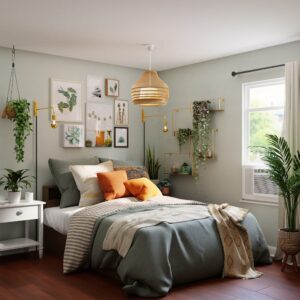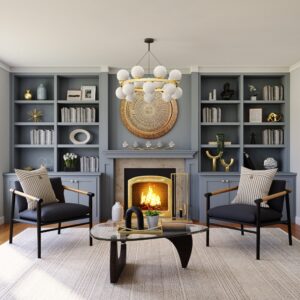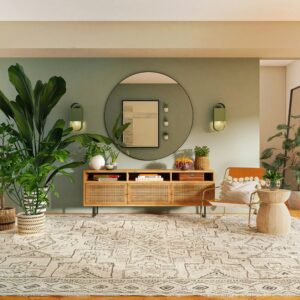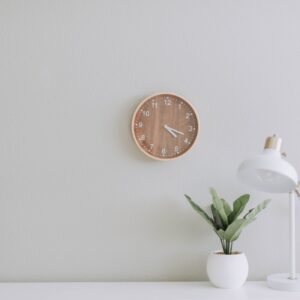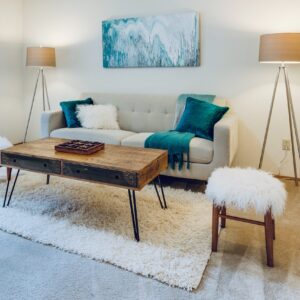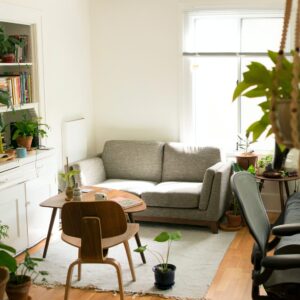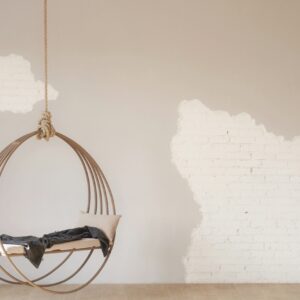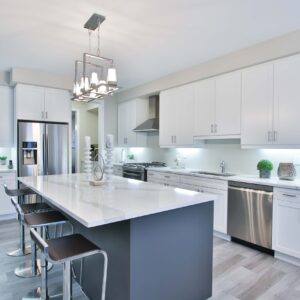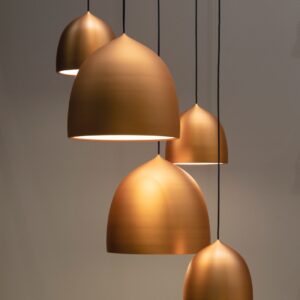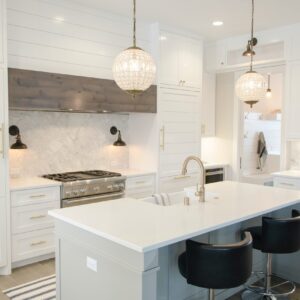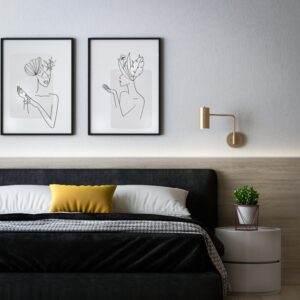Color psychology in interior design for a calming bedroom
The Serenity Palette: A Guide to Color Psychology in Interior Design for a Calming Bedroom
Introduction: Your bedroom is a sanctuary, a place of rest and rejuvenation. One powerful tool to enhance the tranquility of this space is color psychology. As an expert interior designer, I’m excited to explore the world of hues that promote serenity and calmness. Let’s delve into the art of color selection for a calming bedroom, creating an oasis of peace within your home.
- Soft Blues for Tranquility: Blue, especially soft and muted tones, is renowned for its calming effects. Consider shades like powder blue, seafoam, or periwinkle for your bedroom walls or bedding. These hues evoke a sense of serenity, mimicking the calming qualities of the sky and ocean.
- Neutral Grays for Elegance: Gray, when used in a soft and neutral palette, can create an elegant and calming atmosphere. It acts as a versatile backdrop, allowing other elements in the room to stand out. Pair soft grays with whites or light beiges for a sophisticated and tranquil bedroom.
- Greens for Natural Serenity: Green, reminiscent of nature, brings a sense of balance and calmness to a bedroom. Soft sage, mint, or muted olive tones can create a connection to the outdoors. Integrate green through bedding, accent walls, or indoor plants for a soothing and refreshing ambiance.
- Pale Lavenders for Relaxation: Lavender is associated with relaxation and has calming effects on the mind. Choose soft, pale lavender tones for your bedroom decor, whether it’s through wall paint, bedding, or accent pieces. This color can contribute to a serene and dreamy atmosphere.
- Earthy Taupe for Warmth: Taupe, a warm and earthy neutral, provides a grounding effect in a bedroom. This color is soothing without being too cool. Use taupe for furniture, textiles, or as an accent color to add a touch of warmth and serenity to the space.
- Subdued Whites for Simplicity: White, when used in a subdued and warm tone, creates a clean and serene backdrop. Avoid stark whites and opt for warmer whites with a hint of beige or ivory. White promotes a sense of purity and simplicity, contributing to a calm and uncluttered bedroom.
- Gentle Pinks for Tranquil Warmth: Soft pink hues can add a touch of tranquility and warmth to your bedroom. Blush or muted pink tones create a soothing and inviting atmosphere. Incorporate pink through bedding, accent pillows, or even wall art for a subtle yet calming effect.
- Monochromatic Schemes for Harmony: Consider a monochromatic color scheme, using varying shades of a single color. This approach creates a harmonious and calming atmosphere. Choose a color that resonates with you and experiment with different tones for walls, furniture, and decor elements.
- Soft Yellows for Sunshine Vibes: Light, soft yellows can infuse your bedroom with a sense of sunshine and positivity. Opt for muted yellows or buttery tones to avoid an overly vibrant look. Incorporate yellow through bedding, accent decor, or even a strategically placed piece of furniture.
- Balancing Dark Accents: While soft and muted colors dominate a calming bedroom, consider adding dark accents for depth and contrast. Deep blues, charcoal grays, or rich browns can be incorporated through furniture, textiles, or statement decor pieces to create a balanced and soothing environment.
Conclusion: Color psychology in interior design is a powerful tool for shaping the ambiance of your bedroom. By choosing calming colors that resonate with your personal preferences, you can create a tranquil sanctuary that promotes relaxation and rejuvenation. Embrace the serenity palette, and let the colors in your bedroom contribute to a peaceful and harmonious retreat. Sweet dreams await in your beautifully designed calming haven!

